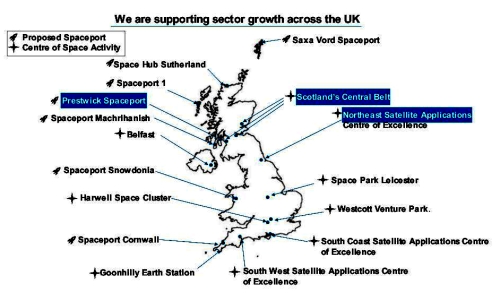Worldview to once again develop stratospheric tourist balloon flights
Capitalism in space: The Tucson-based high altitude balloon company Worldview has now announced that it is going to once again develop tourist balloon flights.
World View, based in Tucson, Ariz., announced Oct. 4 it is developing a passenger capsule that will be carried aloft by balloons to altitudes of about 30 kilometers. The Explorer Space Capsule will host eight passengers and two crew for flights lasting 6 to 12 hours, giving people a view of the Earth the company argues resembles that seen from space.
Tickets will cost $50,000 per person, with World View providing what it calls “flexible financing options.” The company expects the first flight no earlier than early 2024, with the nonprofit organization Space for Humanity, which offers spaceflight experiences for those who cannot afford tickets, buying the inaugural flight….
This project is a return to World View’s origins nearly a decade ago. The company originally said it would develop a stratospheric balloon system called Voyager for carrying people, offering them an aspect of the spaceflight experience without actually going to space. However, several years later the company shifted its attention to uncrewed balloons called “stratollites” that carry imaging and communications payloads into the stratosphere for weeks at a time.
The company’s CEO said they are hoping to pick up business from the suborbital market by offering a near-space experience that lasts hours for about one tenth the cost.
Worldview is now in direct competition with Space Perspectives, based in Florida and intending to fly passengers on high altitude balloon flights by ’24, but for $125k per ticket. That company was founded by the same people that founded Worldview.
Capitalism in space: The Tucson-based high altitude balloon company Worldview has now announced that it is going to once again develop tourist balloon flights.
World View, based in Tucson, Ariz., announced Oct. 4 it is developing a passenger capsule that will be carried aloft by balloons to altitudes of about 30 kilometers. The Explorer Space Capsule will host eight passengers and two crew for flights lasting 6 to 12 hours, giving people a view of the Earth the company argues resembles that seen from space.
Tickets will cost $50,000 per person, with World View providing what it calls “flexible financing options.” The company expects the first flight no earlier than early 2024, with the nonprofit organization Space for Humanity, which offers spaceflight experiences for those who cannot afford tickets, buying the inaugural flight….
This project is a return to World View’s origins nearly a decade ago. The company originally said it would develop a stratospheric balloon system called Voyager for carrying people, offering them an aspect of the spaceflight experience without actually going to space. However, several years later the company shifted its attention to uncrewed balloons called “stratollites” that carry imaging and communications payloads into the stratosphere for weeks at a time.
The company’s CEO said they are hoping to pick up business from the suborbital market by offering a near-space experience that lasts hours for about one tenth the cost.
Worldview is now in direct competition with Space Perspectives, based in Florida and intending to fly passengers on high altitude balloon flights by ’24, but for $125k per ticket. That company was founded by the same people that founded Worldview.


